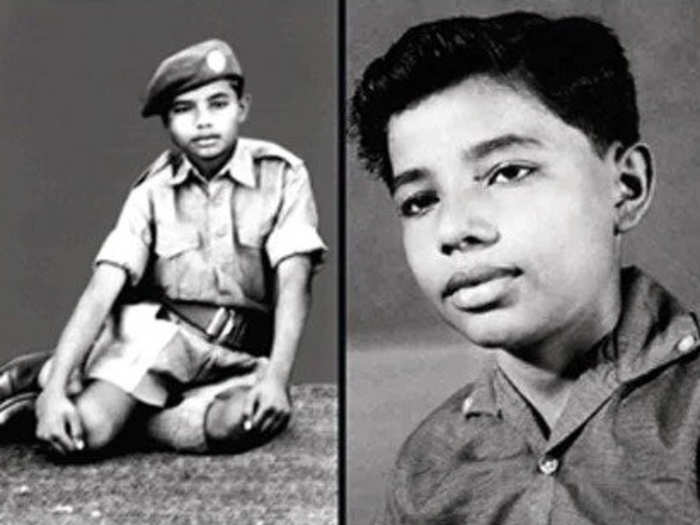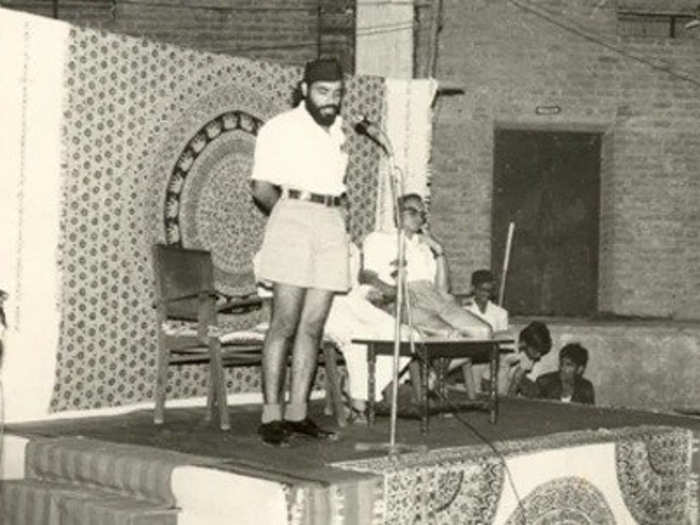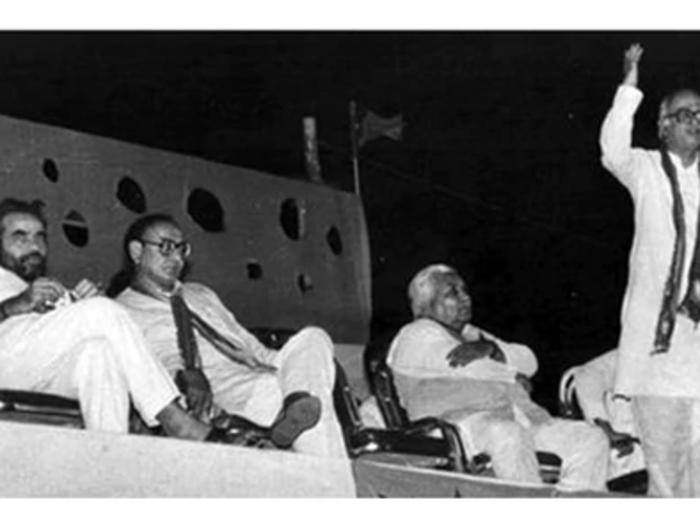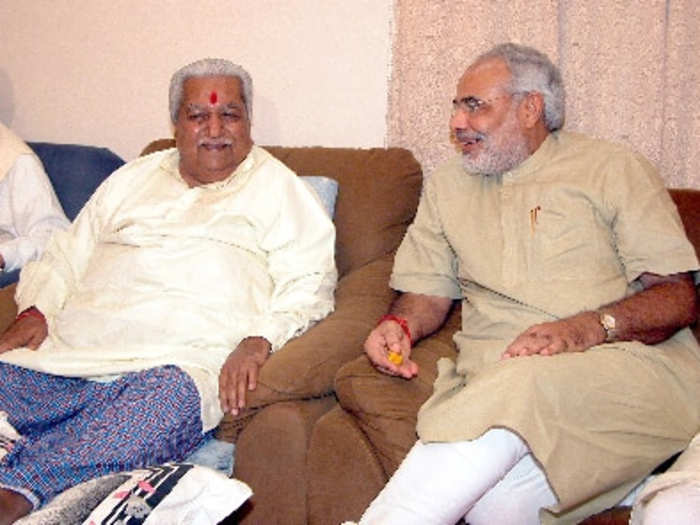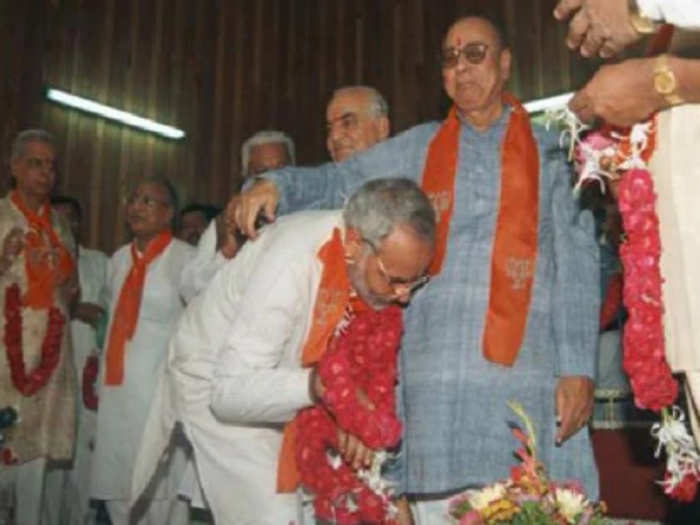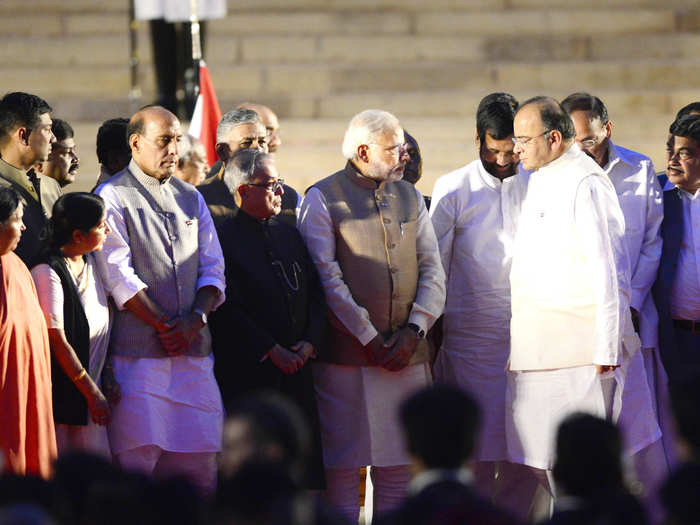Narendra Modi's official website
- India’s Prime Minister, Narendra Modi, is turning 70 years old today.
- Even though he’s been a part of politics since he was in his 20s, his career didn’t really take off until the 1990s.
- Here's a quick look at the decades building up to Modi becoming the Prime Minister of India.
Indian Prime Minister Narendra Modi is turning 70 years old today. Even though he has been in politics since the 1970s, his career didn’t really kick off until the late 1990s— when he was nearly 50 years old.
Here’s a quick decade-wise look at Modi’s rise through BJP’s ranks and everything he did before turning 70:
The 1950s and 1960s — Modi gets his Masters degree
Narendra Modi during his childhood days Narendra Modi's official website
Modi was born on 17 September 1950 and raised in a small town in northern Gujarat. He completed his Masters in Political Science from the University of Ahmedabad, according to his affidavit to the Election Commission in 2019.
The 1970s — Modi joins the RSS
Narendra Modi during his RSS days Narendra Modi's official website
In the early 1970s, Modi made his foray into the political arena by joining the Rashtriya Swayamsevak Sangh (RSS), the ideological parent of the Bharatiya Janata Party (BJP).
Over the next ten years, he continued to rise through the RSS’ hierarchy, and that included a lot of travel within the country.
The 1980s — Modi joins the BJP
Narendra Modi (far left) at an LK Advani's rally in Gujarat Narendra Modi's official website
Modi joined the BJP only in 1987, at the age of 37. Within a year he was appointed the general secretary of the Gujarat branch of the party. BJP was still a smaller but a growing political force at the time.
The 1990s — Modi’s rise to prominence
Keshu Bhai Patel and Narendra Modi Narendra Modi's official website
In 1990, BJP was part of the coalition government that was formed in Gujarat. Since BJP had many factions, Modi was just one of many important people.
Five years down the line, the BJP formed its first-ever government as the single largest party in any state in the country. Modi had the trust of the new Chief Minister Keshu Bhai Patel but the celebration couldn’t last long.
A revolt that followed, from a BJP faction led by Shankar Singh Vaghela, that eventually led to a compromise saw Patel being replaced as the Chief Minister and Modi being pushed out of the state in favour of his rivals.
However, both Patel and Modi came back stronger in the 1998 elections.
The 2000s — Modi’s finally comes into the spotlight
Modi sworn in as National Secretary of the Bharatiya Janata Party (BJP) Narendra Modi's official website
Keshubhai Patel was asked to step down from his post as Gujarat’s Chief Minister in October 2001. He was held responsible for the government’s poor response to the Bhuj earthquake just a year before. The natural calamity has led to the death of at least 20,000 people.
But Patel’s loss was Modi’s gain as the latter stepped in to replace him as the Chief Minister of Gujarat.
Four months down the line, in February 2002, Modi’s won his first-ever by-election and secured a seat in the Gujarat state assembly.
Soon after, communal riots raged across Gujarat in 2002 while Modi was at the helm and many pointed the finger at him for doing little to stop the violence, which led to the death of thousands, a majority of whom were Muslims.
But the accusations also brought him national attention.
The 2010s — Modi becomes Prime Minister
Prime Minister Narendra Modi at oath-taking ceremony after winning the 2014 Lok Sabha election BCCL
Despite the trials and controversies, Modi continued to win in Gujarat— in 2007 and in 2012 — and grew in prominence across the country.
The 2000s gave him a reputation of an administrator and leader to be reckoned with. He was also given credit for Gujarat's rapid economic growth. And, that’s when rumours of Modi as a possible candidate for India’s Prime Minister started to fly.
In 2012, the Supreme Court-appointed Special Investigation Team (SIT) gave Modi a clean chit in the riots case and said it found no evidence against him.
Come June 2013, BJP officially announced that Modi would be the party’s chosen candidate for 2014 General Elections in India. In May 2014, both Modi and the BJP were victorious, winning a clear majority in Lok Sabha.
In 2020, Prime Minister Narendra Modi turns 70
Prime Minister Narendra Modi addresses the troops in Eastern Ladakh amid India-China border tensions PIB
Just a year earlier in 2019, he won the biggest mandate in over 30 years as he won a second term in the Lok Sabha (the lower house of Indian Parliament). Now, he is battling the coronavirus pandemic, a shrinking economy and the threat of conflict with China. As Modi turns 70, his plate is full and he has another three years at the helm.

